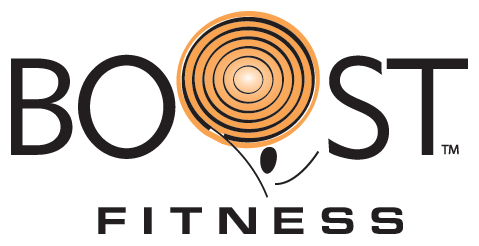1. Excuse: “I’m too busy at work during the day to find time to workout.”Truth: Everyone is busy, and if it’s time on this earth you value, you should put your health first. If you don’t, what you're actually doing is letting time slip right through your fingers. Exercise improves your mood, your energy level, and promotes better sleep; making you more efficient at all those daily tasks that eat up your time. Make exercise a daily priority by scheduling it into your calendar or "to-do" list, like you would for any important meeting. Then, you will hold yourself accountable and exercise will feel like a natural part of your workday.
2. Excuse: “Health club memberships are too expensive.”Truth: Memberships are available at a variety of price points, some as low as $19. In 2008, average monthly membership costs a little over $40. In 2010, $40 can get you a manicure/pedicure, a date night at the movies, or maybe a new sweater. When you evaluate where to allocate your $40, remember that those purchases, and most others, cannot improve your health or save you money, but exercise can, so plan your investments carefully.
3. Excuse: “Everyone at the gym is fit and in shape.”Truth: People of all populations, ages, genders, weights, shapes, sizes, and skill levels workout at a club. Club staff, personal trainers, and other members will help ease you into the club environment. A trainer can show you the ropes, make you feel at home, and demonstrate proper exercise technique so you’ll feel like a pro on the fitness floor. Meeting a new workout buddy or bringing a friend can also provide the social support you need to get started and maintain your routine.
4. Excuse: “Why join a health club when I can exercise outside?”Truth: Sunshine is beautiful, but exposes you to harmful UV rays. Every day is unpredictable - rain, shine, sleet, heat, cold, or snow, a health club provides a protective environment for working out; no matter what the weather is like outside.
5. Excuse: “I’m not overweight, so I don’t need to exercise.”Truth: This is a big misconception. Exercise is not just a way to lose weight, but also a way to keep yourself healthy. People of any weight can have underlying health problems like diabetes, heart disease, and osteoporosis that can go undetected. Cardio and weight training help build a healthy heart, lungs, muscle mass, and strong bones; which are key to combat disease as you age and will help you live a long and healthy life. 7, 8
6. Excuse: “Dieting alone will yield the same results as exercising.”Truth: Exercise is one of the most central components in maintaining your weight and improving long-term results. Ultimately, the most successful weight management plan is a combination of a healthy diet and daily exercise.
7. Excuse: “I can just workout at home on my own equipment or with fitness video games.”Truth: Setting up a home gym means buying expensive equipment, taking up precious space, and spending time and money for equipment maintenance. A decent treadmill can cost about $1,000 (that’s the price of over two years of membership at a health club!). At home you’re on your own - you have no professional there to ensure proper technique and to help prevent injury. As far as video games go, a new study says Wii Fit provides insufficient stimulus for fitness changes and no major improvements in daily physical activity, muscular fitness, flexibility, balance or body composition. Leave the video games to Mario. Besides, it’s good for your mental health to get out of the house and go to the club for a change of scenery and to socialize, instead of being home alone. 9
8. Excuse: “There aren’t enough things to do at a health club.”Truth: Boredom? Impossible! If it’s variety you want, health clubs have it: treadmills, ellipticals, weight machines, personal training, yoga, pilates, zumba, spinning, basketball, racquet sports, swimming, nutrition counseling, and spas. Not to mention a friendly staff of trained professionals.
9. Excuse: “Exercise isn’t all that important to my health.”Truth: If exercise were a pill, it’d be the most potent and effective one ever made. Lucky for us, you don’t need to wait for a prescription; you just need to decide to get up and go. Regular exercise prevents chronic disease like diabetes, arthritis, and heart disease, increases productivity, improves your mood and your energy level, minimizes stress, promotes better sleep, and leads to decreased work absenteeism. Still need convincing? 1, 2, 4, 7
10. Excuse: “I can’t find a health club that fits my needs.”Your already at our blog - might as well come to the club at least. With three convenient locations, great classes, personal training and memberships starting at just $19 a month - Boost Fitness might be just what you are looking for.


